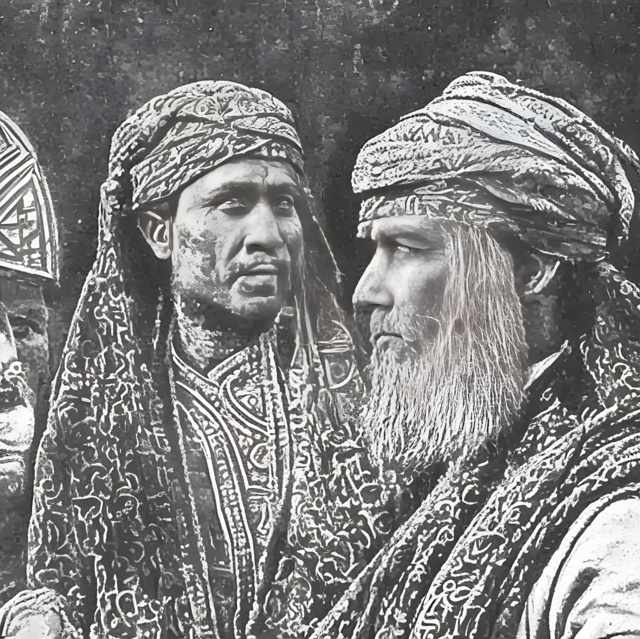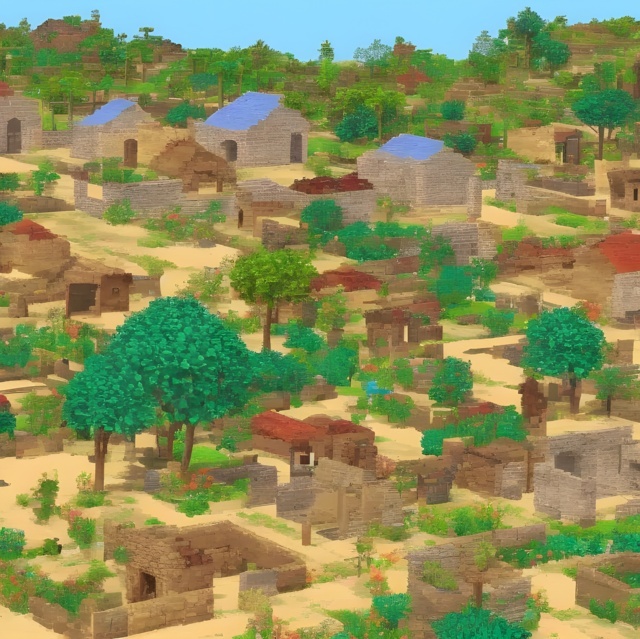Have you ever heard of the Elamite language? If not, you are not alone. Elamite is one of the most obscure and fascinating languages of the ancient world, spoken by a people who lived in what is now southwestern Iran from about 2600 BC to 330 BC. Elamite was not related to any other known language, and its writing system was complex and unique. In this blog post, I will tell you some of the intriguing facts and mysteries about this ancient tongue, and how modern scholars are trying to decipher it.
Elamites: A Powerful and Cultured People
The Elamites were the inhabitants of Elam, a region that roughly corresponded to the modern provinces of Khuzestan and Ilam in Iran, and a small part of southern Iraq. They were one of the oldest civilizations in the Near East, and had frequent interactions with their Mesopotamian neighbours, such as the Sumerians, Akkadians, Babylonians, and Assyrians. Sometimes they were allies, sometimes enemies, sometimes subjects, and sometimes conquerors.
The Elamites had a rich and diverse culture, influenced by both Mesopotamia and Iran. They developed their own religion, art, architecture, law, mathematics, astronomy, and literature. They built impressive cities, such as Susa and Anshan, and monumental structures, such as ziggurats and palaces. They also founded an empire that spanned much of western Asia at its peak, under the kings Shutruk-Nahhunte and Kutir-Nahhunte in the 12th century BC.
Elamite Language: A Language Isolated
The Elamite language was the main language spoken by the Elamites throughout their history. It was also used as an official language in the Achaemenid Empire, along with Old Persian and Akkadian. However, unlike these two languages, which belonged to the Indo-European and Semitic families respectively, Elamite had no demonstrable relatives. It was a language isolate, meaning that it did not share a common ancestor with any other known language.
The Elamite language was also very complex and irregular. It had a large number of noun classes that marked gender, number, person, case, and animacy. It had a complicated verbal system that expressed tense, aspect, mood, voice, person, number, polarity, and evidentiality. It had a rich vocabulary that reflected the cultural diversity of the Elamites. It also had many loanwords from neighbouring languages, especially Sumerian and Akkadian.
Elamite Writing System: A Challenge for Decipherment
The Elamite language was written in three different scripts over time: Linear Elamite, Cuneiform Elamite, and Neo-Elamite. Each of these scripts posed different challenges for decipherment.
Linear Elamite was the oldest script used to write Elamite, dating back to around 2300 BC. It consisted of about 80 signs that represented syllables or logograms (signs that represented words or concepts). It was probably derived from an earlier script called Proto-Elamite, which is still undeciphered. Linear Elamite was used for a short period of time and only for monumental inscriptions. It is not fully understood yet.
Cuneiform Elamite was the most widely used script for writing Elamite, from about 2500 BC to 330 BC. It was adapted from Akkadian cuneiform, which itself was derived from Sumerian cuneiform. It consisted of about 130 signs that represented syllables or logograms. However, unlike Akkadian cuneiform, which had a relatively consistent sign system and spelling rules,
Cuneiform Elamite had many variations in sign forms and values over time and space. It also had many homophones (signs that sounded alike but had different meanings) and polyphones (signs that had multiple sounds depending on context). Moreover, Cuneiform Elamite often mixed syllabic signs with logograms in unpredictable ways.
Neo-Elamite was the last script used to write Elamite, from about 1100 BC to 400 BC. It was a simplified version of Cuneiform Elamite, with fewer signs and more regular spelling rules. It was mainly used for administrative documents and economic records.
Decipherment of Elamite: A Work in Progress
The decipherment of Elamite has been a long and difficult process, involving many scholars over more than a century. The first attempts were made by Carl Frank and Ferdinand Bork in the early 20th century, who made some progress in identifying some signs and words. Later, Walther Hinz and Piero Meriggi advanced the work by compiling dictionaries and grammars of Cuneiform Elamite and Neo-Elamite. However, many gaps and uncertainties remained, especially for Linear Elamite.
In recent years, new discoveries and technologies have improved the conditions for decipherment. For example, in 2018, a team of French archaeologists led by François Desset announced that they had found new Linear Elamite texts that shed more light on the script and the language.
They also claimed that they had deciphered most of the script and reconstructed the phonology and grammar of Linear Elamite. Their work has been received positively by some researchers, while others remain sceptical until detailed translations of texts have been published.
The decipherment of Elamite is not yet complete, but it is an ongoing and exciting endeavour that promises to reveal more about this mysterious and ancient tongue and the people who spoke it.
References
– Elamite language – Wikipedia. https://en.wikipedia.org/wiki/Elamite_language
– Linear Elamite – Wikipedia. https://en.wikipedia.org/wiki/Linear_Elamite
– Elamite cuneiform – Wikipedia. https://en.wikipedia.org/wiki/Elamite_cuneiform
– Desset, F., Gondet, S., Hamidi, A., & Mäder, M. (2022). The decipherment of Linear Elamite: A new writing system from ancient Iran. Antiquity, 96(381), 1-16.
Tags
Divi Meetup 2019, San Francisco
Related Articles
Unappreciated Greatness
Life and Legacy of Jahangir of the Mughal Empire. Jahangir ruled over one of the largest empires in human history during his lifetime, yet few people outside of South Asia have heard of him. I aim to shed light on the life and legacy of this remarkable figure,...
The Plague Doctor’s Diary
A Personal Account of the Turin Epidemic of 1656. I am writing this diary to record my experiences and observations as a plague doctor in Turin, the capital of the Duchy of Savoy, during the terrible epidemic that has afflicted this city and its surroundings since the...
The Timeless Beauty of Bustan
Unveiling the Secrets of Saadi Shirazi's Masterpiece.In the realm of Persian literature, few works have captured the essence of love, spirituality, and morality quite like Bustan (The Orchard) by Saadi Shirazi. This 13th-century masterpiece has left a lasting impact...
Stay Up to Date With The Latest News & Updates
Explore
Browse your topics of interest using our keyword list.
Join Our Newsletter
Sign-up to get an overview of our recent articles handpicked by our editors.
Follow Us
Follow our social media accounts to get instant notifications about our newly published articles.









